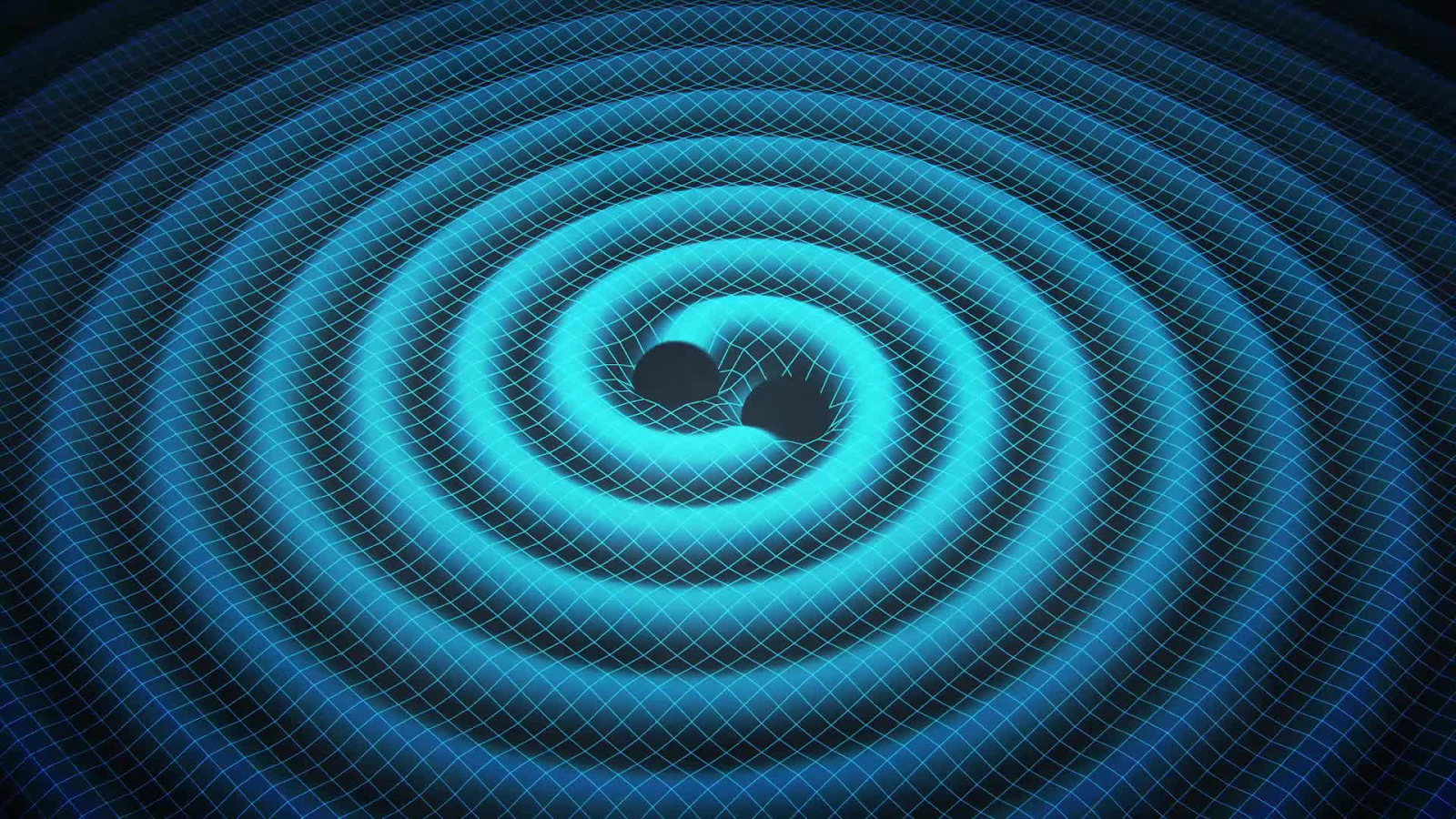The new spiral lenses can revolutionize the optics. That structure can used to make models for systems that can focus on different wavelengths.
The new spiral-shaped lens makes it possible to make clear vision from distant objects. Those things help to use optics as a model of things, like magnetic and gravitational lenses.
This kind of spiral lens can be more effective than a regular lens. And that makes it possible to create more effective optics than ever before. The nano-glass can also make it possible to use the same technology in instruments that observe microcosmos.
The thing with this shape is that the wave movement always acts the same way. And that makes it possible to create the same effect using nano- or quantum-scale structures. And that thing makes it possible. The spiral-shaped gravity waves can create shapes that lens gamma or even gravitational waves. Gravitational waves interact with both, other gravity waves and gamma rays.
There are gravitational lenses also on a local scale. Black holes and neutron stars also act as gravitational lenses. Their effect on gravitational interaction might be more powerful than we believe. When we think of galaxy-scale gravitational lenses, those miniature lenses inside that structure are like grinding errors in glass lenses.
Can the spiral structure of gravity waves interact in the same way, as a spiral optical lens? It's possible that a spiral nanotube where standing gamma rays can. Allows to create the new types of gamma-microscopes.
We believe that in some models. The gravity waves always interact in the same way. And that thing makes it possible to benefit gravitational spiral as a model of gravitational lensing on a micro-scale. But in that case, we believe that all gravity waves have the same wavelength. Gravity waves may have two different wavelengths. Another interacts with the smallest particles in atoms. And then another thing interacts with quantum fields around the atom.
If that second gravitational effect is real, we can model this hypothetical long-wave gravitational wave and that interaction as the model where the gravitational effect pushes the quantum field around the atom in one direction. And that thing forms the bubble or lower energy area in the atom's quantum field. That thing causes all particles in the atom to travel in that direction. So could those gravitational waves interact in different directions?
"Collisions of heavy ions generate an immensely strong electromagnetic field. Scientists investigate traces of this powerful electromagnetic field in the quark-gluon plasma (QGP), a state where quarks and gluons are liberated from the colliding protons and neutrons. Credit: Tiffany Bowman and Jen Abramowitz/Brookhaven National Laboratory" (ScitechDaily, Unlocking the Nuclear Secrets of the Universe’s Strongest Magnetic Fields)
The spiral-shaped magnetic fields can focus the magnetic fields and radio waves at the same point similar way to some optical lenses.
The reason why researchers are researching the most powerful magnetic fields in the universe is that things like neutron stars act like generators. The fast-spinning neutron stars form an ultra-powerful electromagnetic field. And the main thing is that this structure transforms kinetic energy into electric power. The thing is that when the particles of that fast-spinning object's shell move very fast they harvest electromagnetic fields. And then. That structure transforms that energy into the electromagnetic field.
The reason for that is simple. Neutron stars are not slight. Their surface is full of small nodes that are neutrons. When neutron star spins there is electromagnetic low pressure between those nodes. And that makes this particle possible. That it can harvest lots of electromagnetic energy from its environment.
There is a theory that all electromagnetic fields or fields form in particles, and those particle's size determines what type of field it forms. So it's possible. That the extremely dense power field can interact with other field types. In that model extremely powerful magnetic field can interact straight with gravity. They both are wave motion, but their wavelength are different.
https://scitechdaily.com/replacing-traditional-lenses-scientists-develop-spiral-shaped-lens-for-clear-vision-across-distances-and-lighting-conditions/
https://scitechdaily.com/unlocking-the-nuclear-secrets-of-the-universes-strongest-magnetic-fields/







No comments:
Post a Comment
Note: Only a member of this blog may post a comment.